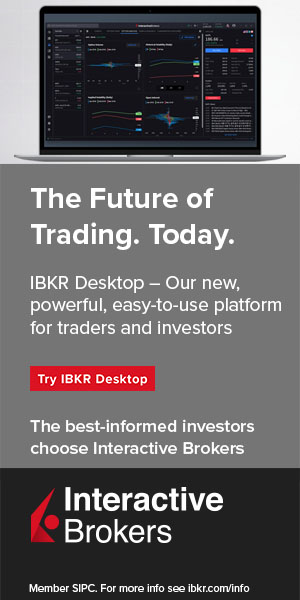If ever there were a time to watch closely the Volatility index (VIX), the last few months have been it.

The VIX is colloquially known as the “fear index”, and fear is one thing that has not been in short supply.
As the spectre of the coronavirus stalked financial markets, there seemed moments when even the VIX’s creators, the Chicago Board Options Exchange, may struggle fully to represent in an index the waves of panic breaking over securities markets.
Option prices rise and fall
In recent recessions, even that arising from the 2008 financial crisis, stock markets generally lived up to their self-image as being forward looking, leading the way out of the crisis and indicating where we may be heading rather than, as with lagging indicators such as the unemployment rate, telling us where we have been.
Not since the energy crisis of the Seventies have markets had to confront the possibility that large chunks of the economy may shrink radically or even disappear. Now, as then, airlines are prominent in this category.
More on the current predicament in a moment. First, what is the VIX and how does it work?
As the name implies, the VIX seeks to gauge the level of volatility in the market, defined as the extent of price swings up and down. A steadily rising, or falling, market has low volatility, whereas one in which rises and falls follow in quick succession shows high volatility. The VIX assesses likely volatility by measuring prices in the options market, that branch of derivatives trading that gives the holder of options the right, but not the obligation, to buy or sell a given security at a given date at a set price.
But while the price of the security is set, the price of the option itself rises and falls in line with demand. So, if an option gives the holder the right to buy a stock at $10, the rise and fall of the option price indicates the market view of the stock rising above $10, making the option more attractive.
Volatility not always bad
The same is true of an option allowing the holder to sell at a fixed price.
The VIX adds up all the option positions, both buy and sell, at any one time and calculates the likely level of volatility in the 30 days ahead. The higher the level of the VIX, the higher the expected level of volatility.
So on 2 January, the VIX stood at 12.47. As many advanced economies began lock-down procedures to control the epidemic, it climbed steadily to reach 82.69 on 16 March, since when it has declined to a recent low of 27.57 on 11 May and is now currently standing at 29.53.
But while longer-term investors may welcome the decline in the VIX, traders need to remember that volatility in itself is not always a bad thing. Excessive volatility can disrupt markets, but some price swings are a sign of health, in that it shows lively disagreement among market players as to the future.
And without at least a little volatility, there would be little to trade on.


 Hot Features
Hot Features











